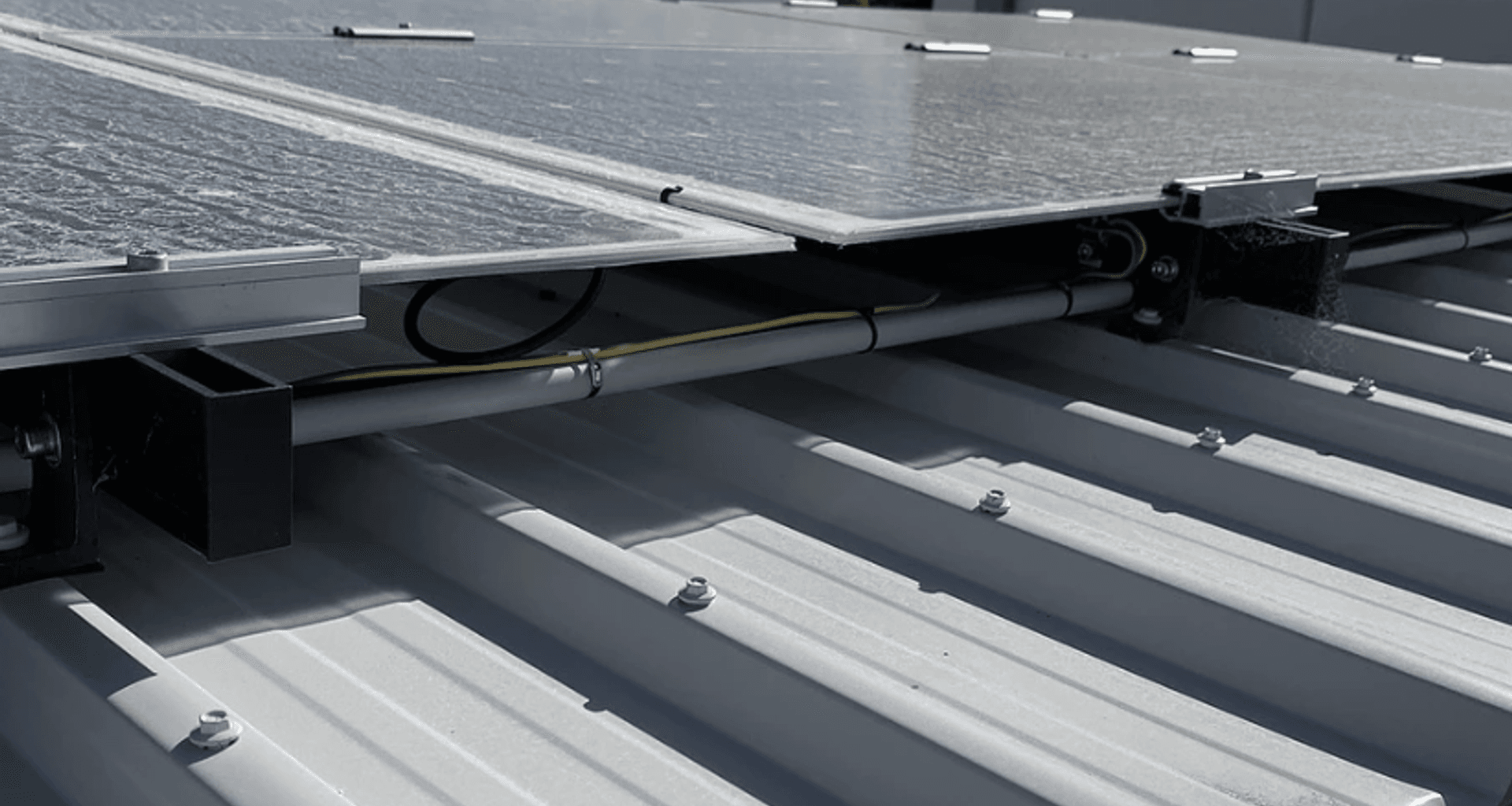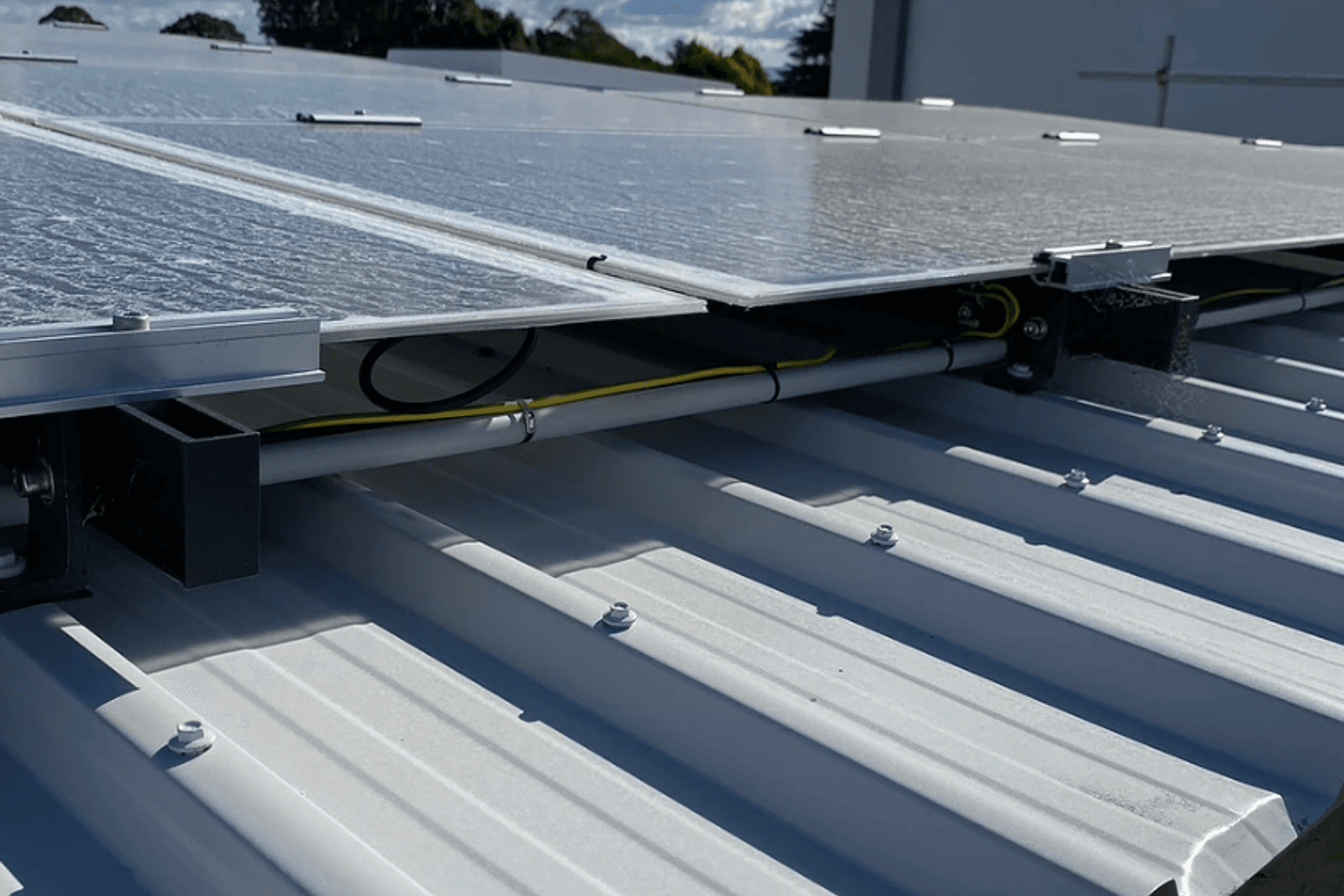Gavin's Top 4 Picks


"The list really is endless but in most cases it is a matter of weighing up the cost (and ensuring the project still comes within budget) versus the benefits. In my opinion these would be my top picks"
- Insulation: Increasing insulation throughout the house (over and above Building Code), is fantastic, but if the budget doesn’t stretch that far then prioritise the insulation in your ceiling (and ideally garage doors). Insulation for ceilings is usually the cheapest and easiest form of insulation and will make the biggest impact on home heating bills as approximately 30% to 35% of heat loss is through the roof.
TIP: Look for the R-value? The effectiveness of insulation is measured by its R-value. Heat always tries to flow from a warmer place to a colder place. Insulation reduces this heat flow and the R-value measures its resistance to heat flow. The higher the R-value on an insulation product, the more it slows down the transfer of heat.
Different insulation products have different R-values. Some materials insulate better than others at the same thickness and some need to be thicker to get the R-value you need. Density also affects the performance of a product so in some cases, insulation materials that appear to be of the same type and thickness may have different R-values.
- Solar Power: Over the years as technology has progressed, the price of solar has come down, although batteries remain expensive. It is definitely worth investigating options. One client recently invested in a solar panel system but not the battery which worked well for their situation. This means that solar energy cannot be stored for use at another time (e.g. at night) and must be consumed as it is being generated. Even without the battery, this client has achieved an average reduction of 66% on their power bill.
Note: For some, not having battery storage may be an issue as early in the morning (just before sunrise or when sunlight is still faint) and during the evening (when sunlight is fading) are times where solar production is lower. This coincides with when energy needs are high - waking up and getting ready for the day or making dinner and doing homework with the kids. Times when you need a lot of power but when solar energy production is just gathering momentum or tapering off. However, if you work from home or have people at home during the day and want to avoid the initial outlay on batteries, then this may be a viable option.

Home Ventilation System: Ventilation systems are the most effective way to reduce excess water vapour. Even with double glazing, you can still get moisture forming on the inside of windows on cold winter mornings. Ventilation systems are designed to continuously push out moisture-laden, stale air, replacing it with fresher, drier air. As the air is filtered before it enters the home it significantly reduces exposure to allergens which is great for those affected by hayfever with the reduction of dust and pollen etc.
An effective ventilation system can also save you money on energy bills by heating or cooling the fresh air coming into your home. Because the heat exchanger inside the system uses energy from the outgoing air to warm up the incoming air, the temperature inside is maintained and the need for additional heating/cooling is reduced.
Note: Some systems require roof cavities and a particular orientation to the home. Others do not draw air from roof cavities but instead draw fresh external air.
Increasing the Depth of (south-facing) Walls: The way that the walls (and roof) of home are constructed significantly influences the thermal performance of the building. Increasing the standard 90mm framing used in most New Zealand homes to allow an additional layer of insulation to be added (even if only on the south side of the building), will have a significant impact on retaining the home's ambient temperature. So what might be lost in the usable footprint of the home could be made up for with greater comfort and reduced heating requirements.
Other recommendations:
- Ensure shower, bathroom and kitchen taps have all been fitted with water-saving devices and have a good WELS rating.
- Install extractor fans in every bathroom and the laundry and ensure they are ducted outside.
- Check that the kitchen extraction fan (over the hob) is ducted outside.
- Hang thermal backed curtains.
- Check WCs are dual flush with no more than 4.5L / 3L cisterns (4 Star WELS rating)
- Make sure all interior lights are LED or Compact Fluorescent (CFL).
- Check all Exterior lights are LED, CFL or other lamp types with a minimum efficacy of 40 Lm/W).
- Insulate garage walls and ceiling (including garage door).
- Install an indoor clothes line (to reduce the need for a dryer).
In addition to this list, it is also important to investigate the products that go in the home. Ideally products should be Environmental Choice NZ or GreenTag Level A certified.
The list for eco features really can go on and on and is constantly evolving. This blog represents Gavin's opinion and experience as it applies to homes in the Bay of Plenty climate. We encourage you to speak to others to see what their top #epiceco choices would be.
